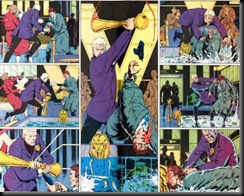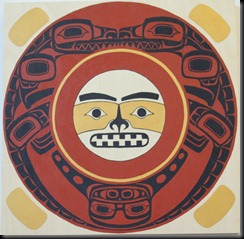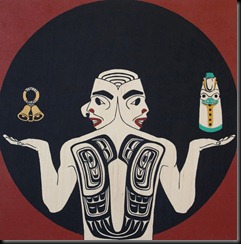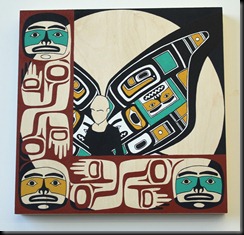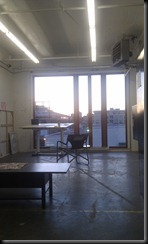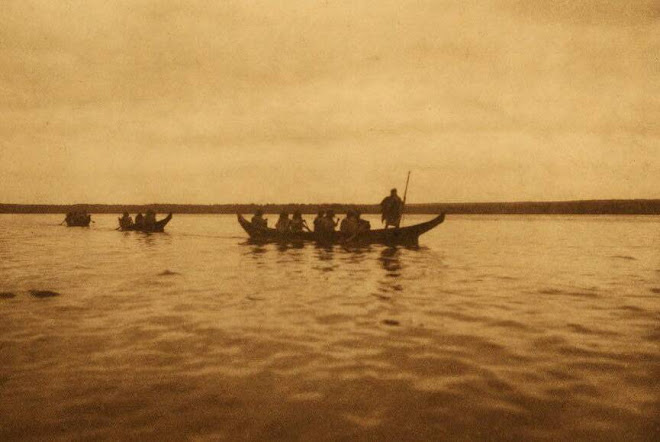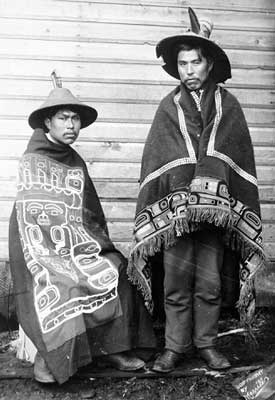"There is a story I know. It's about the earth and how it floats in space on the back of a turtle. I've heard this story many times, and each time someone tells the story, it changes. Sometimes the change is simply in the voice of the storyteller. Sometimes the change is in the details... But in all the tellings of all the tellers, the world never leaves the turtle's back. And the turtle never swims away." (Thomas King)
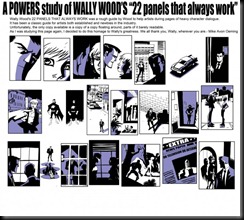 Carved Sequential Art is the working title of a project I just got the go ahead on. I’ve already done a lot of research but I still need to do some preliminary sketches and choose or write an original narrative.
Carved Sequential Art is the working title of a project I just got the go ahead on. I’ve already done a lot of research but I still need to do some preliminary sketches and choose or write an original narrative.
This project is 12 panels of painted and carved sequential art.
Each panel will be approximately 15”/15”/2”, the exact dimensions will depend on the availability of materials. I have chosen the wood to be two inches thick because I want the panels to have as much sculpture as possible. I am hoping to use yellow cedar but red cedar is probably the wood I will have to use as yellow cedar is rare and hard to get.
I am going to use a rigid panel and page layout, creating symmetry between the first half of the art work mirroring the second half. The creators of the Watchmen experimented with the layout of the graphic novel. Dave Gibbons, the visual artist on the project, drew issue five, titled "Fearful Symmetry", so the first page mirrors the last (in terms of panel disposition), with the following pages mirroring each other before the center-spread is symmetrical in layout. The panel and page set up is similar to a Northwest coast box design or split design where the composition is symmetrical.
It is an interesting experiment in storytelling as I will not have the narrative completely drive the panel composition, the story will have to be written and then tweaked to fit the symmetry of the pages.
The question I asked myself is why is this project important? It is important because of the history of Northwest Coast art. In the 1960s Bill Reid, Bill Holm and others laid the ground work for the “renaissance” of Northwest coast art. That lead to perception of “traditional” artwork as artwork done in the 17th and 18th century, before colonial influence, completely discounting art done in the late 19th and early 20th century by Aboriginal artists. These artists were pushing the art form 100 years ago but their work is almost forgotten because it didn’t fit into the paradigm of cultural rebirth. I believe we are in a time now where Aboriginal artists are again pushing the boundaries of Northwest coast art. My project may seem outside of the criteria of the Traditional Art but, I don’t believe it is. I believe I am simply an Aboriginal storyteller who has his basis in tradition, but tells tales influenced by contemporary culture.
